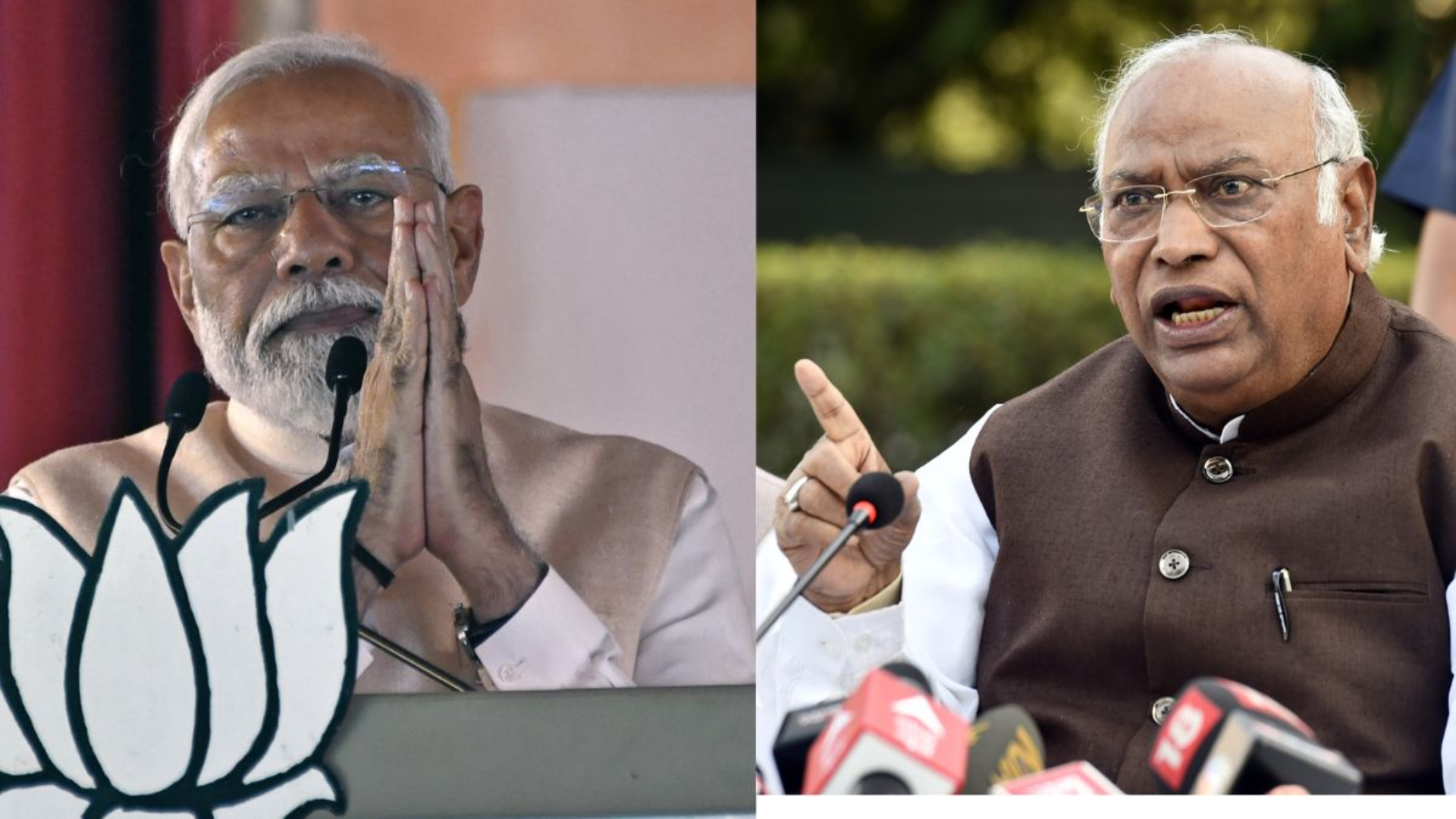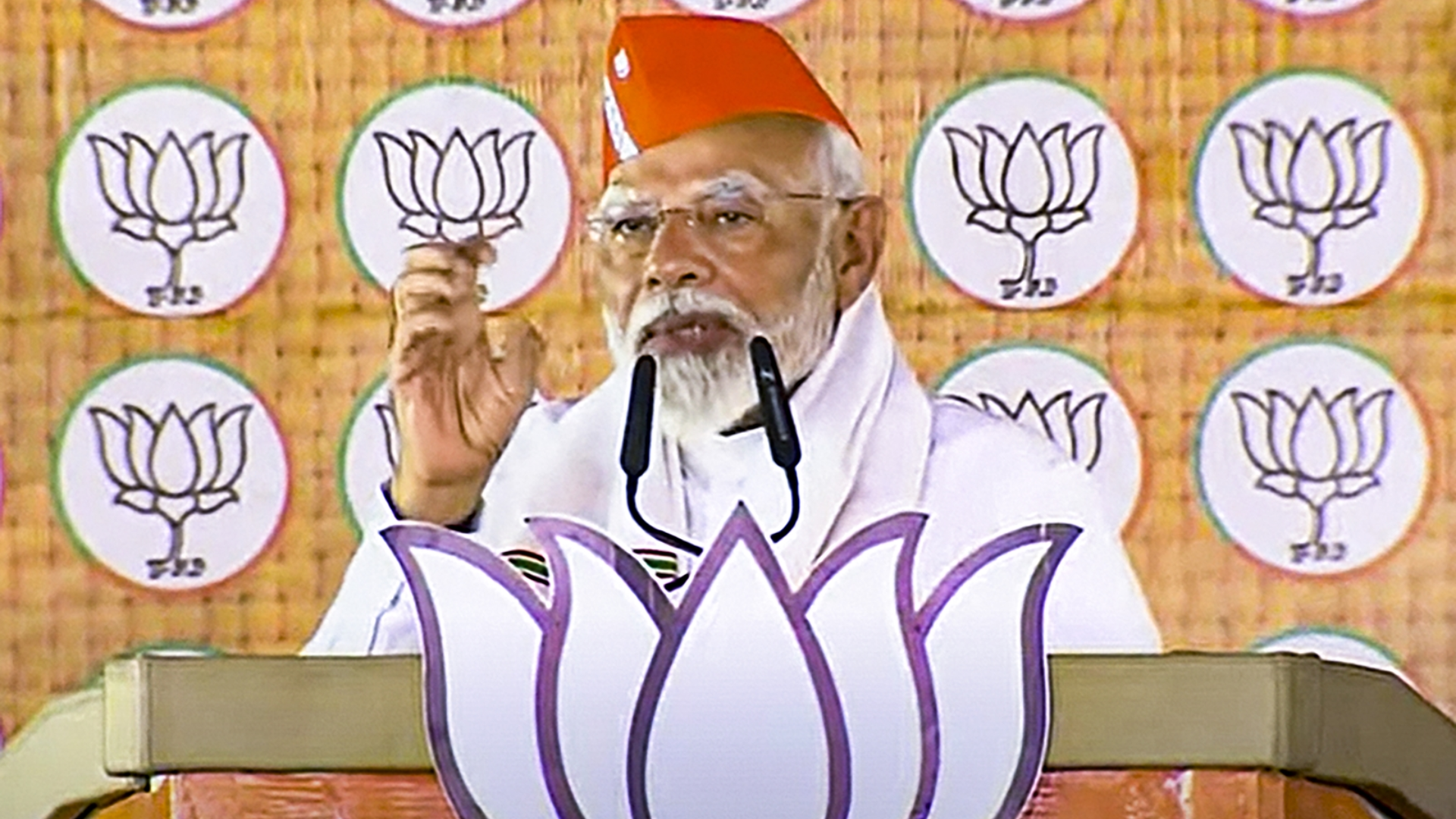




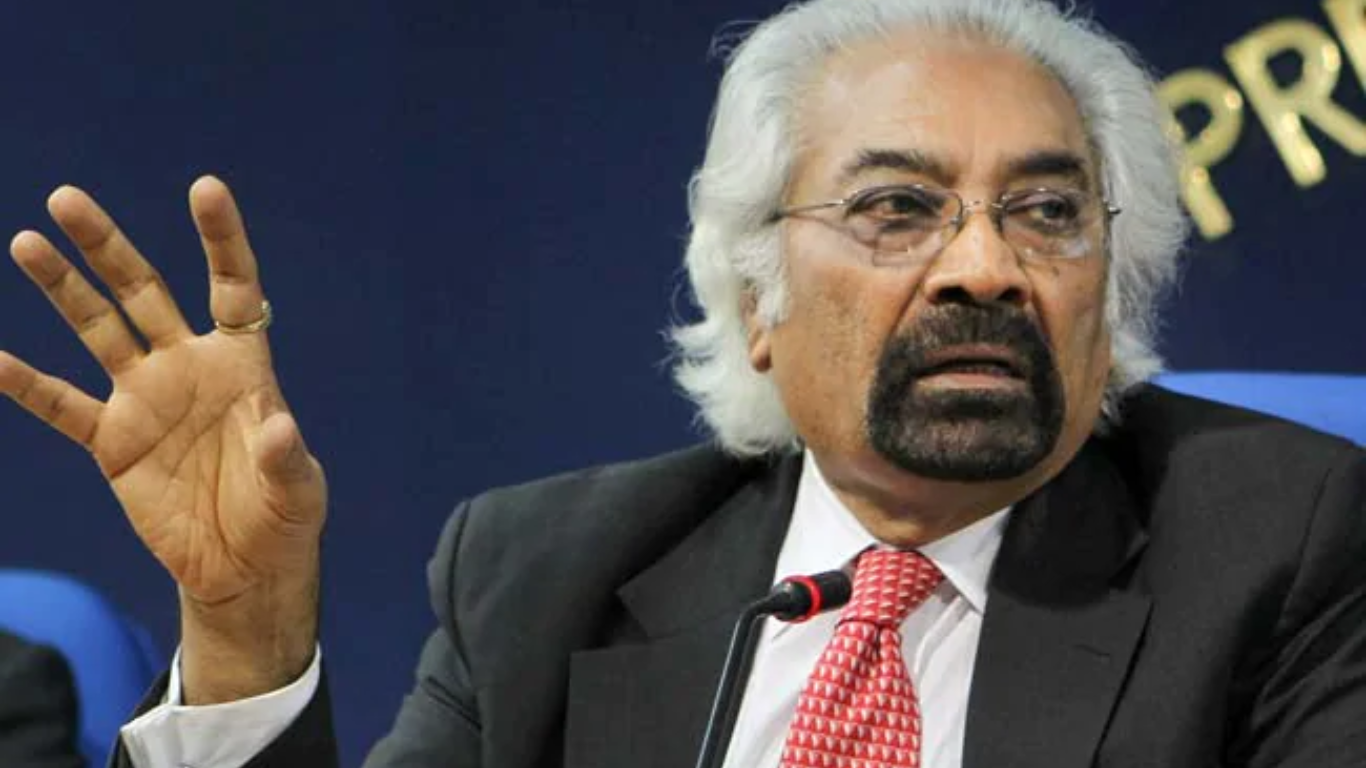


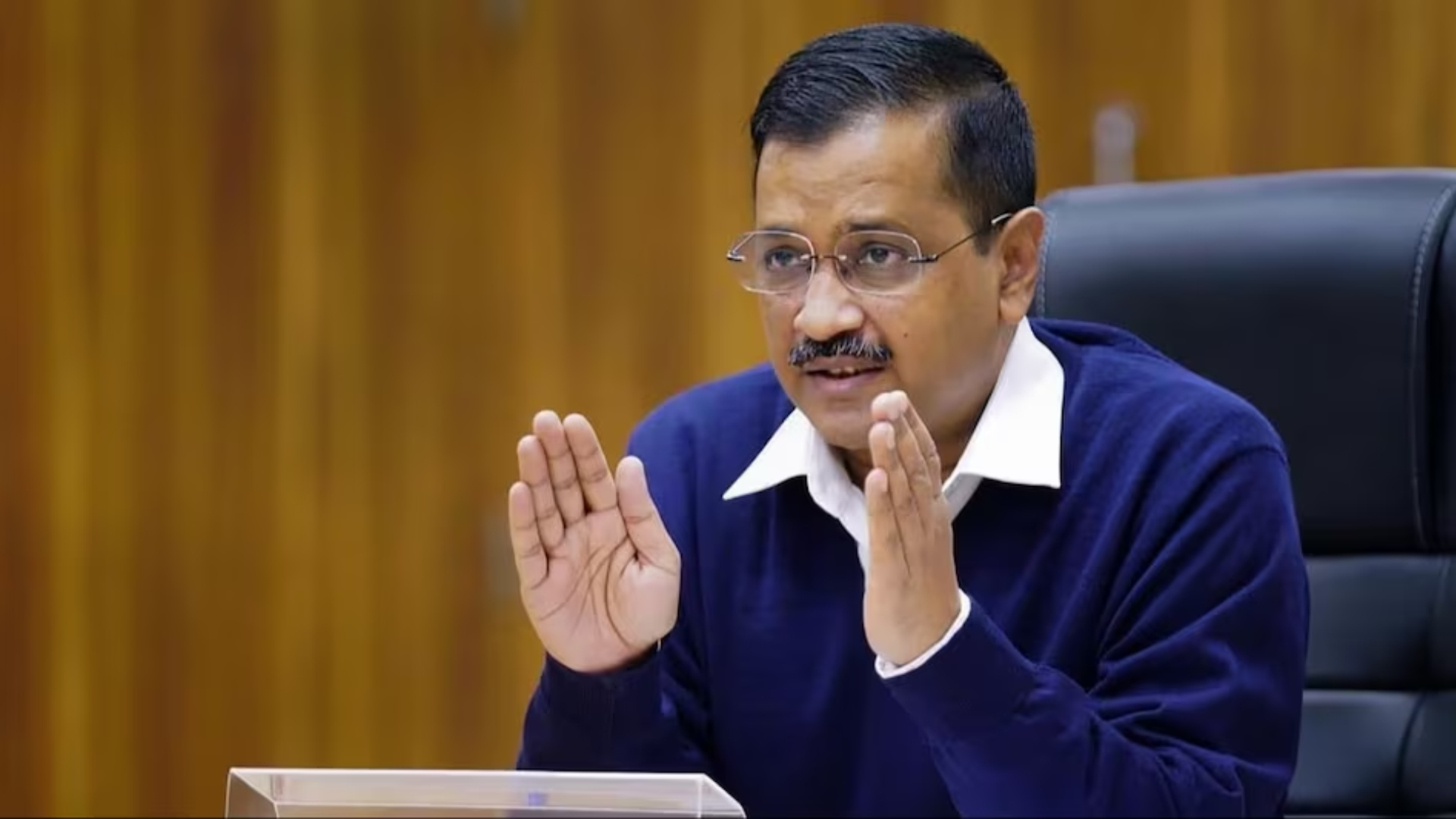

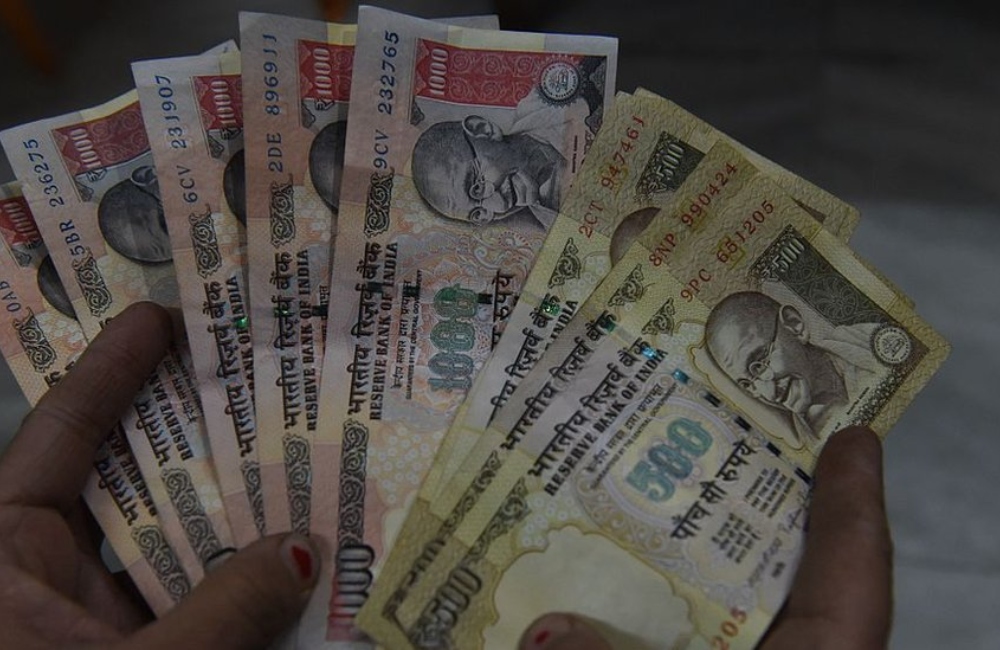
The centre informed the Supreme Court on Wednesday that it had begun discussions with the Reserve Bank of India at least eight months before reporting demonetisation, or the removal of the legal tender status of the Rs. 500 and Rs. 1,000 notes, on November 8, 2016.
In an affidavit, it was stated that the decision was made “after extensive consultation with the RBI and advance preparation. The then Finance Minister had stated in the Parliament that Government consultation with RBI began in February 2016; however, the process of the consultation and the decision-making were kept confidential.”
The Centre asserted in the affidavit that “the withdrawal… of a significant portion of total currency value was a well-considered decision,” which it said should be interpreted as a continuation of its two prior affidavits submitted on December 1, 2016, and in October 2018.
The RBI’s recommendation for the withdrawal of the Rs. 500 and Rs. 1,000 notes and its recommended draught scheme for implementation, the Centre claimed in defence of its course of action. The Central Board of the RBI specifically advised the Central Government to stop accepting the existing series of Rs. 500 and Rs. 1,000 banknotes as lawful money. The RBI also put forth a draught plan for carrying out the suggestion. The Central Government properly reviewed the recommendation and the draught scheme, the Centre claimed in the affidavit. On this, it was said, was founded the final notification that was published in the Indian Gazette.
In this instance, modifications were made to the layout and technical details of the new banknotes that were released to increase the amount of money available to the economy. As a result, the preparations included finalising the new designs, creating security inks and printing plates for the new patterns, changing the specifications of printing equipment, and supplying stock to RBI branches around the nation, according to the statement.
The Center stated that the action to demonetize should not be viewed as a stand-alone measure and that it was “one of the critical steps in the series of transformational economic policy steps” as well as “a major step to fight the menace of fake currency notes, storage of uncounted wealth, and financing of subversive activities.”
According to the affidavit, which cited RBI data, there was a significant increase in the circulation of bank notes worth 500 and 1,000 rupees over the course of the previous five years compared to notes worth 50 and 100 rupees. It stated that from 2010–11 to 2015–1, “this showed a steep rise to the two highest denominations, i.e., 76.4% for Rs. 500 and 109% for Rs. 1,000.” The government and RBI were simultaneously considering the introduction of a new series of notes that would replace the legal tender of the Rs. 500 and Rs. 1,000 notes in order to combat black money, counterfeiting, and illegal financing.
The affidavit submitted in response to petitions opposing the 2016 demonetisation noted some of the “perceptible benefits” of the decision, stating that “the number of fake currency notes and their value came down significantly, both in terms of the detection in the banks and seizures by the security agencies… The number of digital payment transactions multiplied. The income tax authorities were able to find a sizable sum of unexplained revenue thanks to information regarding deposits made into the bank accounts.
According to the report, the withdrawal of the legal tender status of the Specified Banking Notes (SBNs) had a temporary negative impact on economic growth, with real growth rates of 8.2% in FY 2016–17 and 6.8% in FY 2017–18 both exceeding the decadal growth rate of 6.6 percent in the years prior to the pandemic.
“Secrecy and confidentiality were important needs of this dialogue and decision-making process,” the affidavit noted. As a result, the printing of the new series of banknotes was done within this limitation.
Therefore, taking into account the availability of stock of the new currency notes of various denominations, past usage patterns, and taking into account the needs of the average citizen, reasonable restrictions on the exchange of SBNs and cash withdrawal from bank accounts were put in place in order to minimise hardships and to keep in mind the equitable distribution of available cash.

